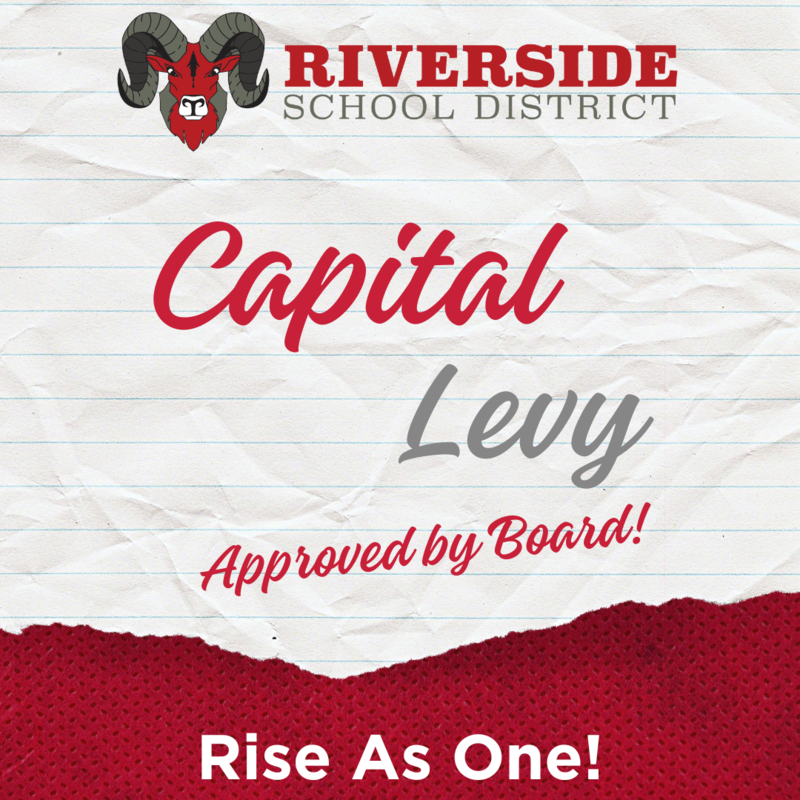
For and Against Committees - November Capital Levy
Riverside School District is seeking applications from residents of the District interested in being appointed to committees to write the “for” and “against” statements for the Spokane and Pend Oreille County Local Voters’ Pamphlets related to the District’s capital levy ballot measure to be considered at the November 4, 2025 election.






